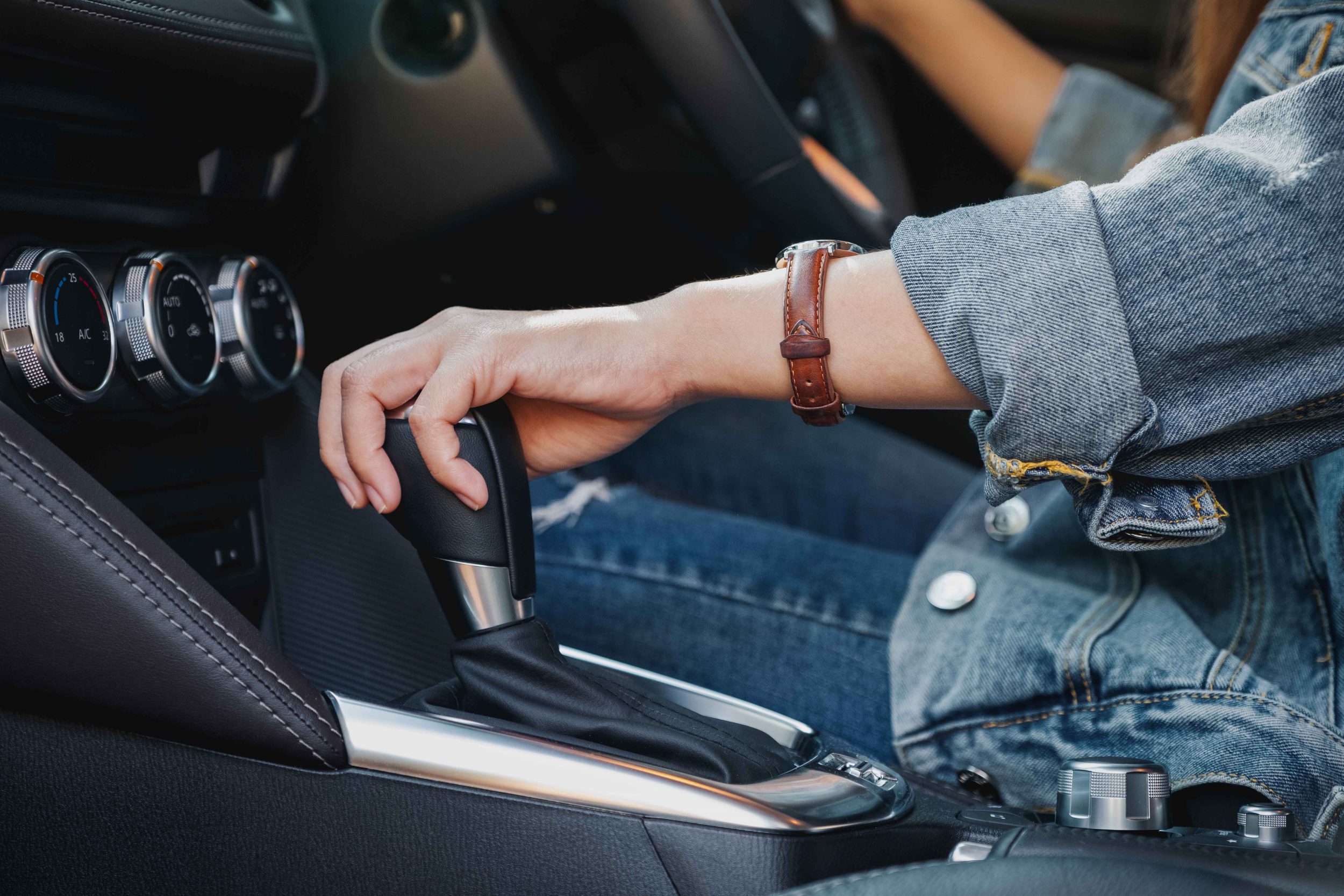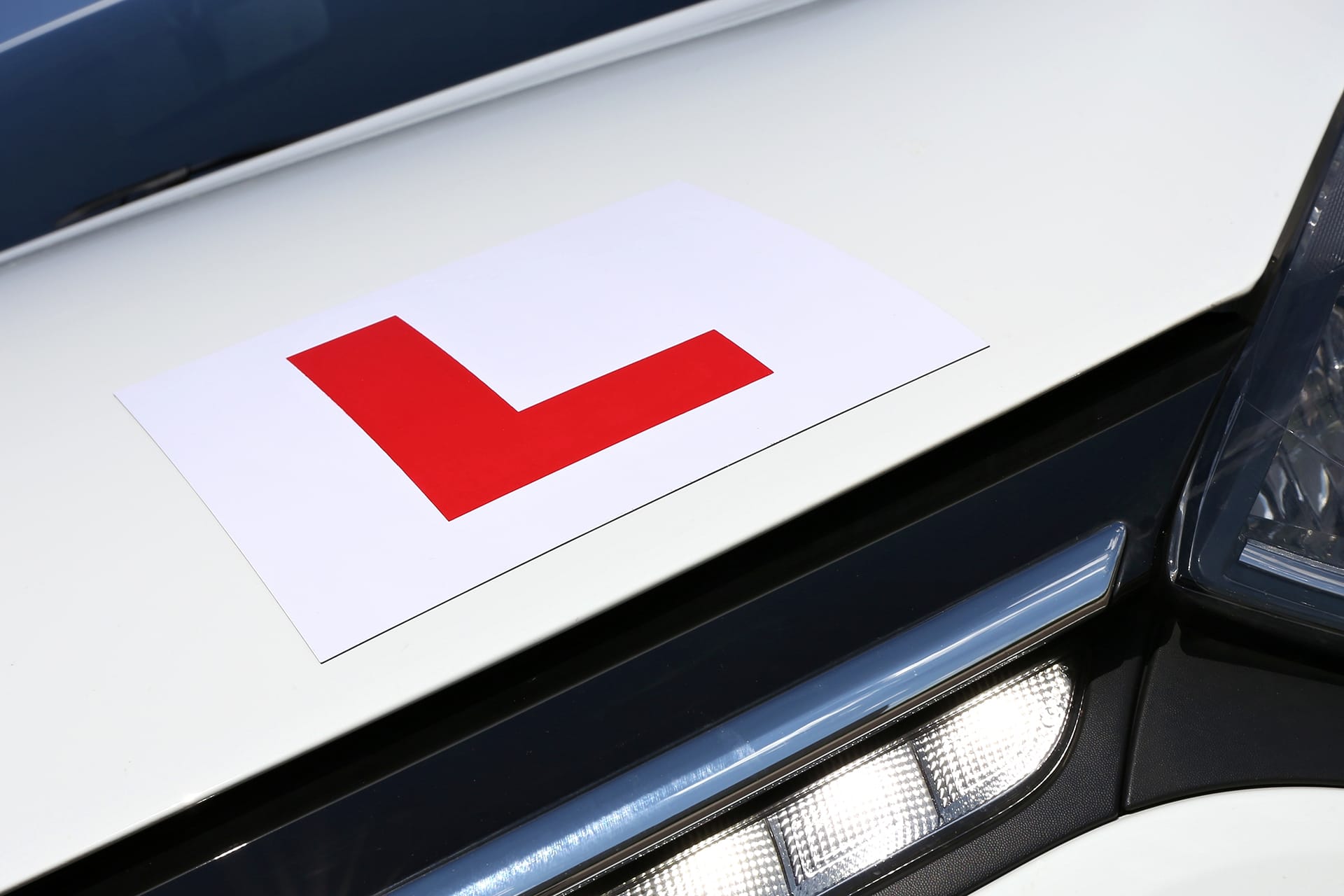Learning to drive is a big milestone in many peoples lives, and choosing whether to learn to drive in an automatic or a manual can be a tough decision for many new drivers. Whilst the traditional route has long been to learn in a manual car, more and more learners are opting to learn to drive in an automatic.
This guide will walk you through the key facts and considerations when deciding whether to learn to drive in an automatic car or a manual.
Can you learn to drive in an automatic car?
Yes, you can learn to drive in an automatic car. However, if you do pass your driving test in an automatic car, your licence will be restricted to automatic vehicles. This means you won’t be legally allowed to drive a manual car without taking another driving test specifically for manuals. For many drivers, this limitation is a deal-breaker, but for others it’s worth the trade-off for a simpler learning process.
How many drivers learn in an automatic?
The number of drivers learning in automatic vehicles has been rising steadily. Figures from the DVSA show an increase in the number of tests taken in an automatic vehicle rising to around 40%. This isn’t surprising considering the growing preference for electric vehicles, which typically don’t have manual gearboxes.
Automatic learner drivers by location
Across the UK, the distribution of automatic learners varies by region. Online searches in the UK for info on ‘automatic driving tests’ are up 39% year-on-year while searches for ‘driving test’ in general are only up 19% in the same timeframe. However, if you’re looking for someone to teach you how to drive in an automatic, then you might struggle depending on where you live. Looking at Yell.com listings for driving instructors in over 50 UK towns and cities, on average only 8% teach in an automatic vehicle.
What’s behind the rise in automatic learner drivers?
Several factors are driving the rise in popularity of learning to drive in automatic cars. From the sheer convenience to the increasing presence of automatic vehicles on the road, here are some key reasons why this shift is happening.
Increase in popularity of automatic vehicles
One of the biggest drivers behind the rise in automatic learner drivers is the growing number of automatic vehicles being sold. In 2023, 71.3% of new cars registered in the UK were automatic, whilst 28.7% were manual. This is a significant change from 2009, when 51% of new cars were manual. The dominance of electric and hybrid vehicles, nearly all of which are automatic, has played a significant role in this trend.
Convenience
For many, driving an automatic is simply more convenient. There’s no need to worry about clutch control, shifting gears or hill starts. This makes learning easier for some drivers, especially in congested urban areas where stop-start traffic is common.
Is it quicker to learn to drive in an automatic car?
It is not necessarily quicker to learn to drive in an automatic car. While the process of managing gears is removed, learners still need to master essential skills like hazard perception and observation, driving manoeuvres and road positioning to pass their driving test.
What’s the pass rate when taking a test in an automatic vehicle?
Pass rates for automatic cars are generally lower than for manuals. Figures from the DVSA indicate that the average pass rate when taking a test in an automatic was 42.7% in 2022-23. In comparison the average pass rate for taking a test in a manual in the same time frame was 48.4%.
What are the benefits of learning to drive in an automatic car?
Learning to drive in an automatic car can offer several benefits, especially for certain types of drivers.
Learn to drive with confidence
For nervous drivers, learning to drive in an automatic can help to build confidence behind the wheel. Without the added stress of managing gears and clutch control, learners can focus more on developing their overall driving skills, making them feel less nervous.
Reduced distractions
Automatic cars offer fewer distractions since drivers don’t have to think about changing gears or controlling the clutch. This can make the learning process less overwhelming, particularly for those who find multitasking behind the wheel challenging.
Driver comfort
Automatic cars can provide a smoother driving experience, especially in stop-start traffic. Without the need for constant gear changes, learners can enjoy a more relaxed driver, which may be a crucial factor for those spending a lot of time city driving.
Appealing to some with mobility needs
For drivers with mobility challenges, automatic cars are often more accessible and easier to operate. The absence of a clutch pedal and the simplicity of automatic controls make driving possible for those who might struggle with the physical demands of a manual vehicle.
What are the disadvantages of learning to drive in an automatic car?
While there are clear advantages, learning to drive in an automatic car also comes with some downsides.
Increased costs
Automatic driving lessons tend to be more expensive than manual lessons, and often more difficult to secure. Additionally, automatic cars are often more costly to purchase, maintain, and insure. For budget-conscious learners, this can be a significant consideration.
Vehicle restrictions
Passing your test in an automatic car limits you to driving only automatic vehicles. If you decide later that you want to drive a manual car, you’ll need to take another test. This can be a frustrating restriction for some drivers who may eventually want the flexibility to drive both types of vehicles.
Older automatics might be less efficient
If you’re looking for a budget-friendly first car, finding an older automatic that’s fuel-efficient can be challenging. While newer models are designed with fuel efficiency in mind, older automatic cars are often less economical compared to their manual counterparts.
Get learner driver insurance with Dayinsure
Whether you’re learning to drive in an automatic or a manual car, having the right insurance is crucial. Dayinsure’s flexible, temporary learner driver insurance is fully comprehensive, giving you peace of mind whilst you’re out on the roads. Find out more about our learner insurance here and get a quote today



